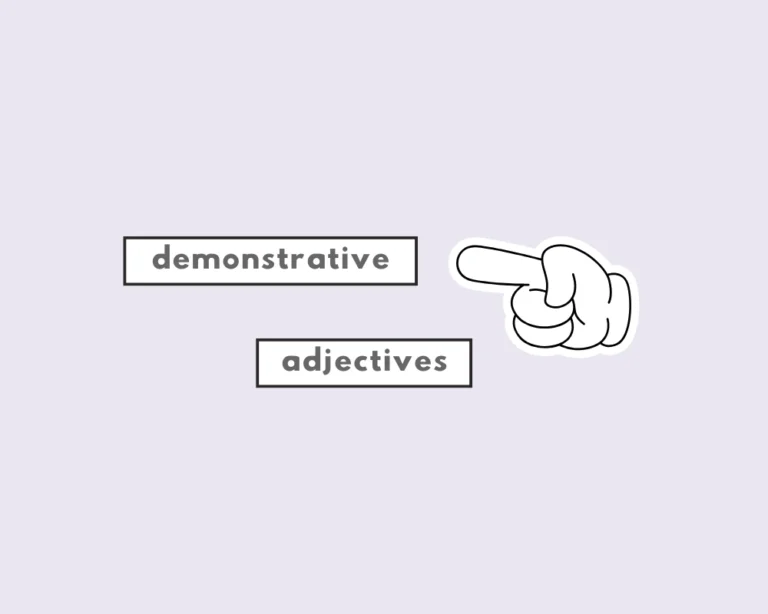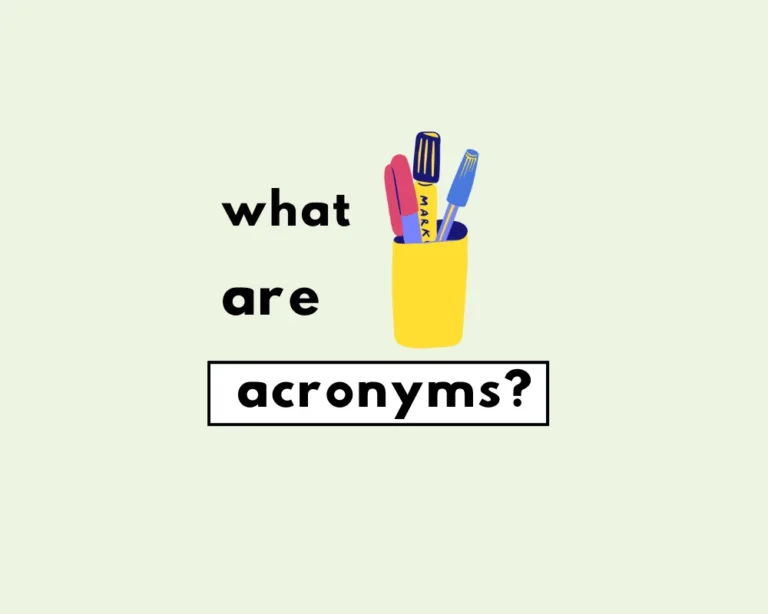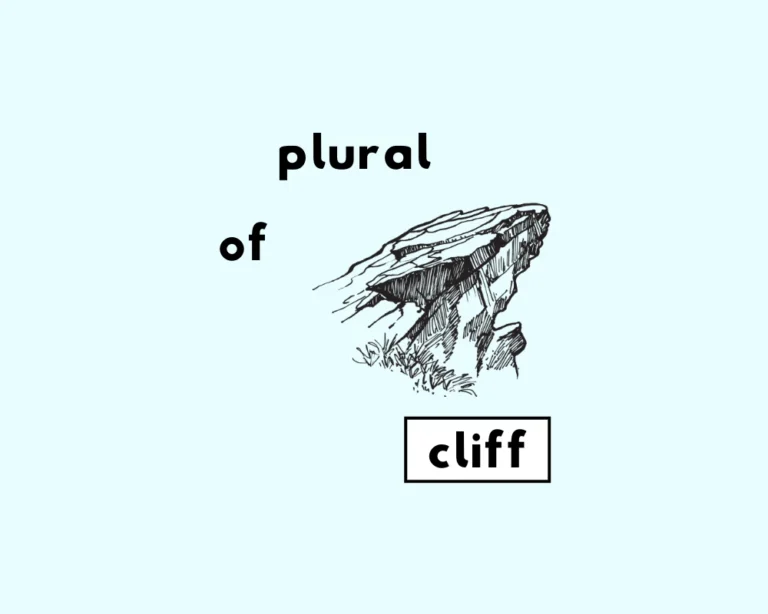
What’s the past tense of “build”?
He built the deck last spring.
I’ve built all types of furniture.
They builded a treehouse last summer.
She has build a successful business from scratch.

Build, builded, or built? What’s the correct past tense of the verb, to build? In this post you’ll find both the short answer and the long answer.
Verb forms of build
Let’s define the subject topic first. To build is defined in the dictionary as, “to make by putting together materials, parts, etc.; to construct; erect: build a snowman.”
| present | past | future | |
| simple | I build | I built | I will build |
| continuous | I am building | I was building | I will be building |
| perfect | I have built | I had built | I will have built |
| perfect continuous | I have been building | I had been building | I will have been building |
1. To build is the present tense: The organization helps build houses for poor families.
2. Builds is third-person present singular: He builds houses for a living.
3. Building is the present participle: We are building new townhomes in the neighbourhood.
4. Built is the simple past: The boy built a sandcastle.
5. Will build is in the future tense: We will build a massive skyscraper in the core of the city.
6. Built is the past participle: The hospital had been built during the town’s upswing in the 1930s.
Other irregular verbs with two forms
| base verb | past tense | past participle |
| lean | leant/leaned | leant/leaned |
| leap | leapt/leaped | leapt/leaped |
| learn | learnt/learned | learnt/learned |
| build | built | built |
| bend | bent | bent |
| deal | dealt | dealt |
Simple past vs. past participle of build
Since the past verb forms of build are both built, how can we tell whether the participle form of the verb is being used rather than the simple past tense? There’s a foolproof way to spot the difference; compare these examples first:
The boy built a sandcastle. (past tense)
She had built a successful business before retiring. (past perfect tense)
Both sentences are in the past tense and naturally describe actions or events that started and ended at some point in the past. Nevertheless, there are slight differences between the two tenses and the way they depict past actions in relation to time.
The second sentence (in the past perfect tense) says something that happened before something else that also occurred in the past. We learn that she had built a successful business before retiring, and so the past perfect clarifies the sequence in which past actions or events took place. To write in the past perfect tense, we pair the auxiliary verb had with the past participle form of the verb (e.g., had been, had seen, had eaten).
Examples of build (present tense) in sentences
1. The children went to the beach to build a tall sand castle several feet high.
2. If you build it they will come. (Field of Dreams)
3. Students were asked to build a tower with blocks, but they had to assemble it within two minutes.
4. The organization helps build houses for poor families.
5. A construction company was hired to build the couple’s home after receiving the blueprint.
Practice using the verb in different tenses with example sentences to memorize the correct forms.
Examples of built past tense in sentences
1. The boy built a sandcastle.
2. They arrived at the strange palace built in the middle of the last century by another English eccentric. (Robert Wilson, The Company of Strangers).
3. They built the hospital during the town’s upswing in the 1930s.
4. The architect built a stunning design for the building.
5. The town built a new community center for the residents.
Examples of the past participle built (in application)
1. The house was built in 1920.
2. I have built a sandcastle on the beach.
3. She had built a successful business before retiring.
4. They will have built the new bridge by next year.
5. The pyramids were built by ancient Egyptians.
Synonyms of build
- construct
- erect
- create
- develop
- form
- establish
- fashion
- make
- raise
- shape
Origin of the verb build
From etymology online on build (v.):
Middle English bilden, from late Old English byldan “construct a house,” verb form of bold “house,” from Proto-Germanic *buthla-.
Learn more about verbs!
- What are regular and irregular verbs?
- Transitive and intransitive verbs?
- What are verbs?
- Past tense of spread?
- What’re personal pronouns?
- What’s the difference between they’re, their, and there?
- Whose vs who’s?
Worksheet
What is the past tense of “build”?
Which sentence uses the past participle of “build” correctly?
Identify the correct present tense form of “build” in the third-person singular:
Which sentence correctly uses “build” in the past perfect tense?
What is the present participle of “build”?
They had _______ a new school by the time the new year arrived.
The workers are _______ a bridge across the river.
He _______ a magnificent sandcastle on the beach.
The company will _______ a new factory next year.
Before the storm, they _______ a sturdy shelter.
Frequently Asked Questions
What’s the past tense of “build”?
+
How is “built” used in past perfect tense?
+
Is “builded” a correct past tense?
+
How to distinguish “built” (past) from “built” (participle)?
+
What are other examples of verbs like “build”?
+
Yash, D. "What’s the Past Tense of Build? Build or Built?." Grammarflex, Jun 6, 2025, https://www.grammarflex.com/whats-the-past-tense-of-build-build-or-built/.
Sources
-
Merriam-Webster, definition of build.











